
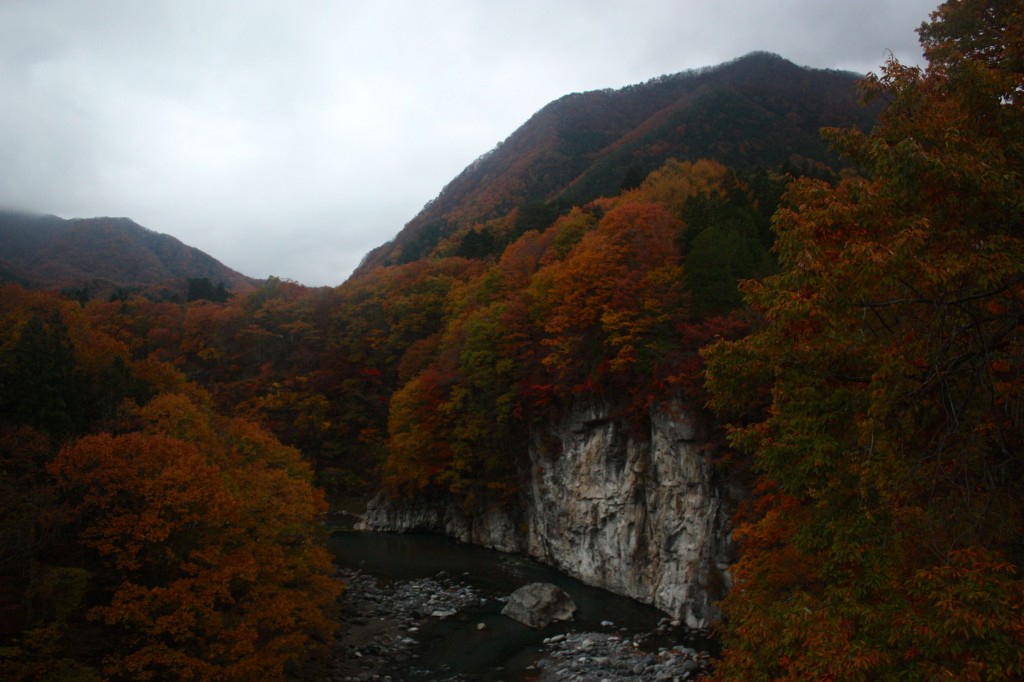 When we arrived in Nikko that evening, the excitement of travelling distracted our fatigue. A forty-minute drive through Nikko’s countryside brought us to our hostel. Nikko City is small, but its boundaries includes the surrounding countryside, making its geographic area quite large. The hostel was comfortable and well maintained. We stayed in a train cart that had been converted to a five-bed dormitory.
When we arrived in Nikko that evening, the excitement of travelling distracted our fatigue. A forty-minute drive through Nikko’s countryside brought us to our hostel. Nikko City is small, but its boundaries includes the surrounding countryside, making its geographic area quite large. The hostel was comfortable and well maintained. We stayed in a train cart that had been converted to a five-bed dormitory.
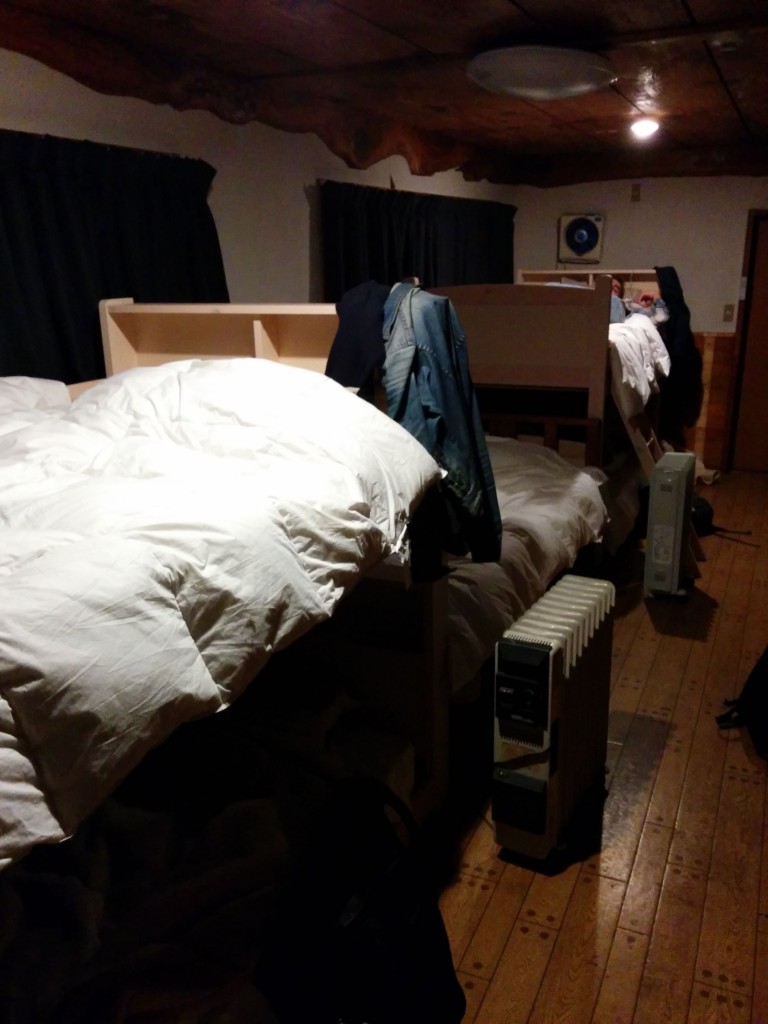
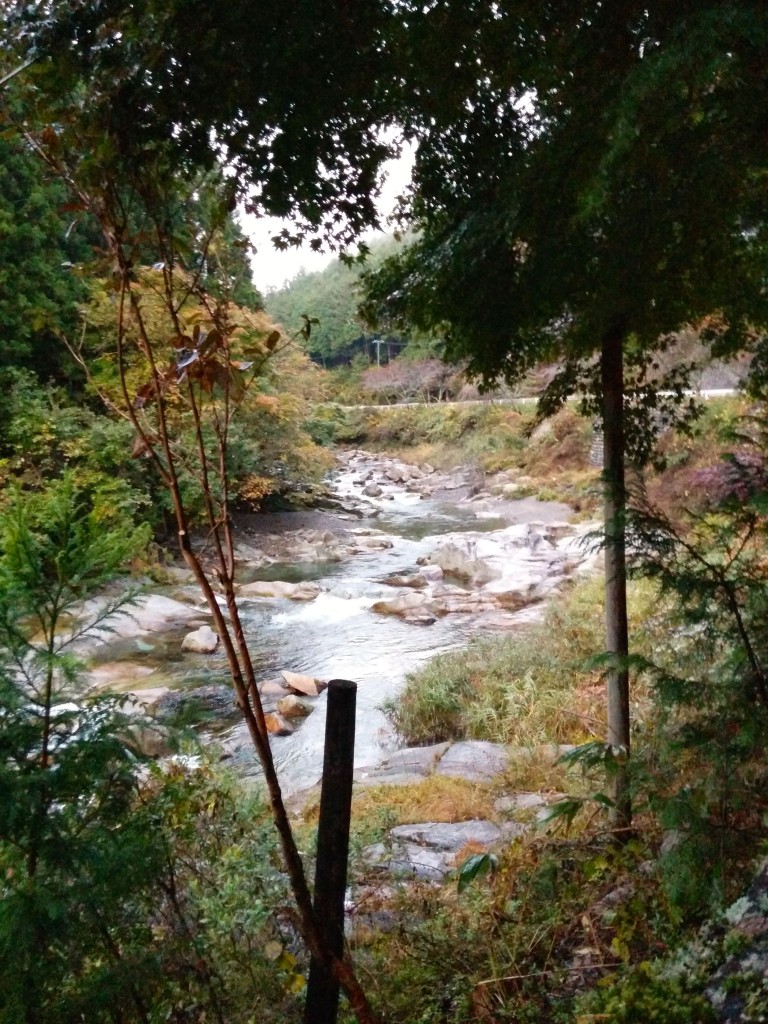
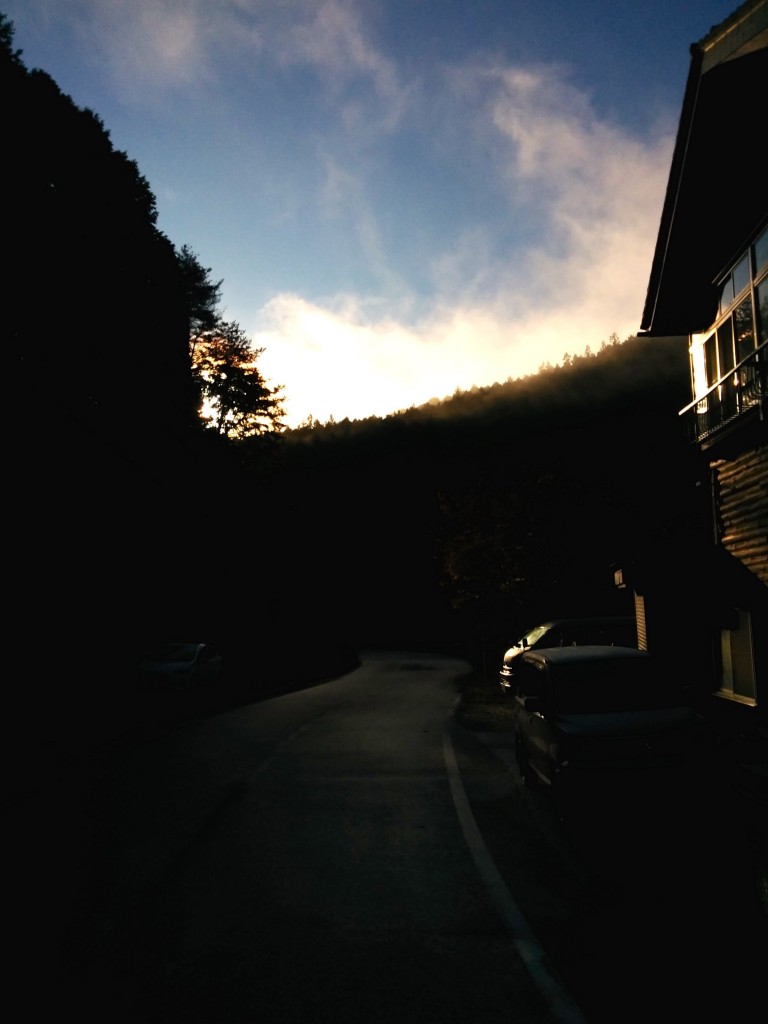
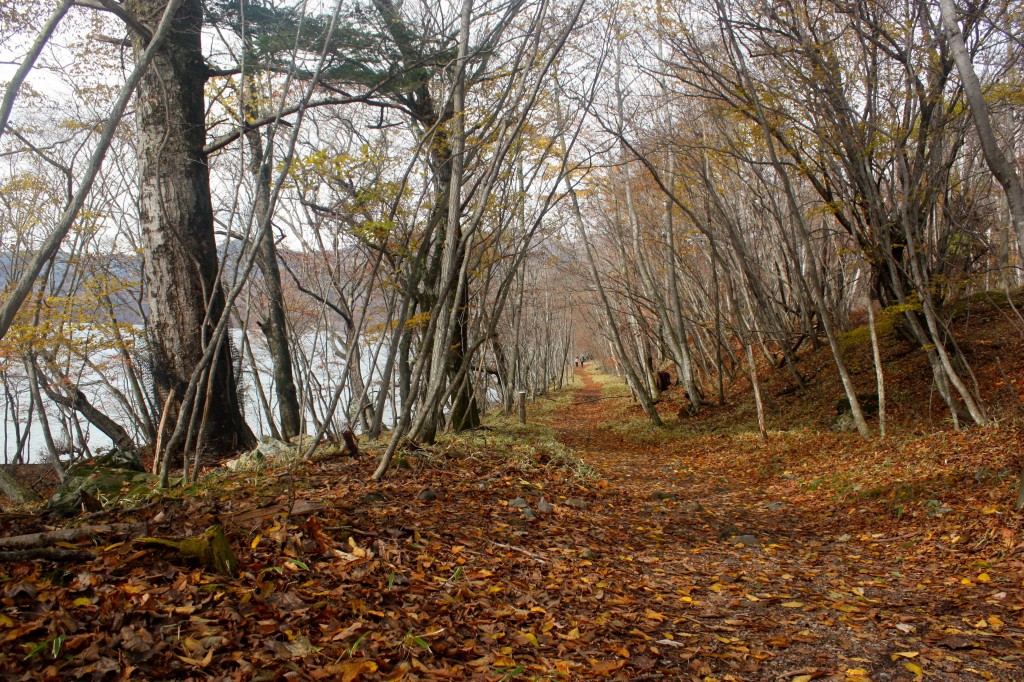
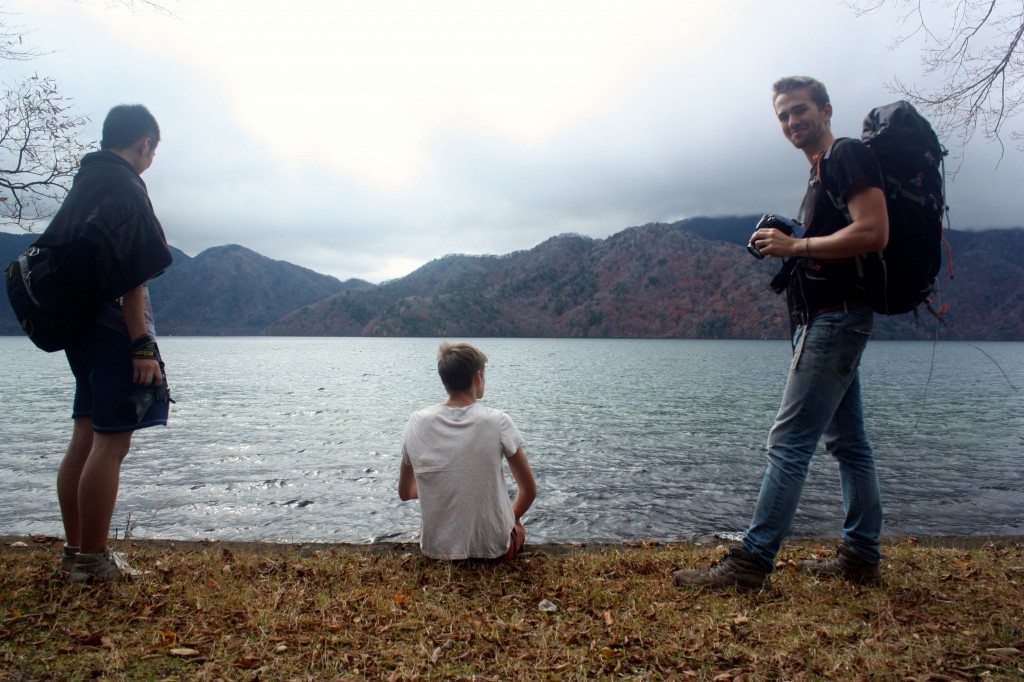 Our final day brought us to some of Nikko City’s tourist destinations, including the site where Tokugawa Ieyasu is enshrined.
Our final day brought us to some of Nikko City’s tourist destinations, including the site where Tokugawa Ieyasu is enshrined.
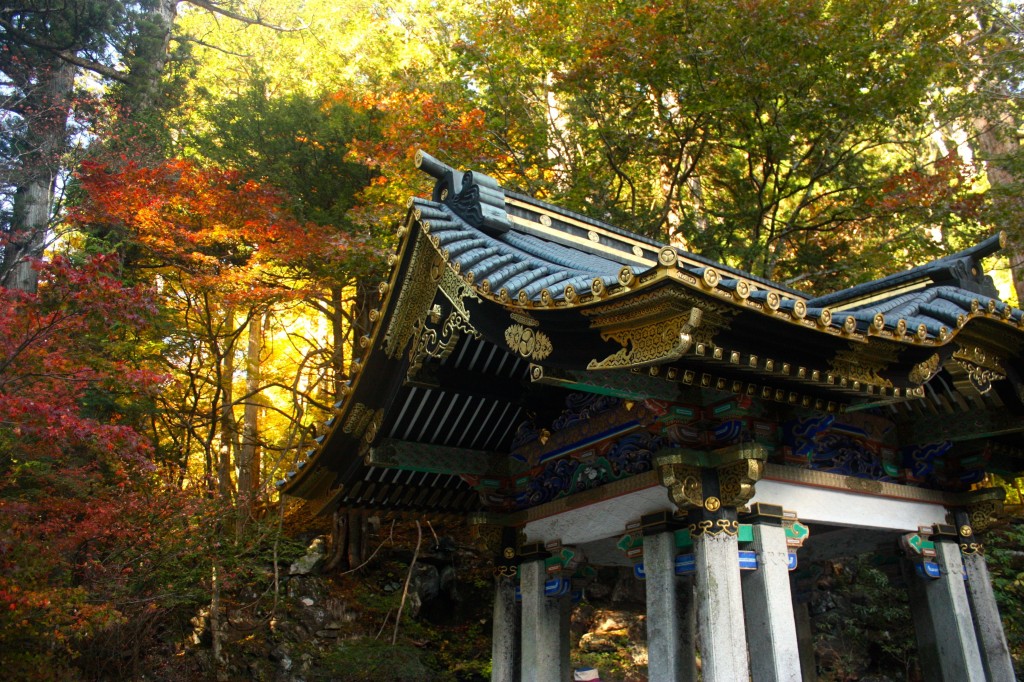
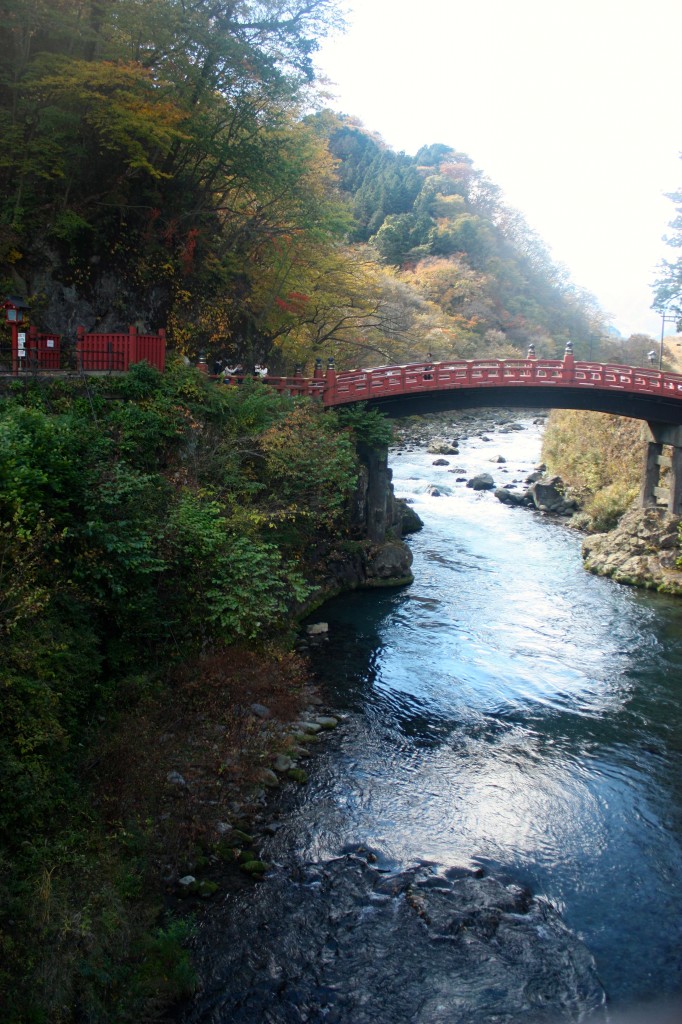
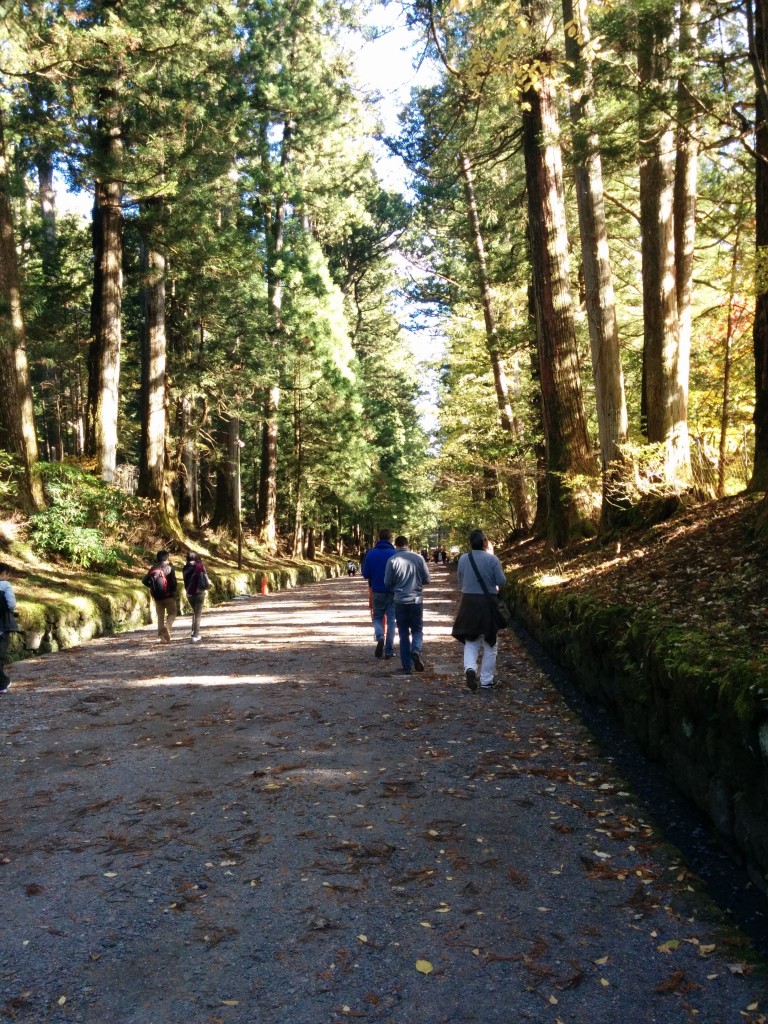 to this:
to this:
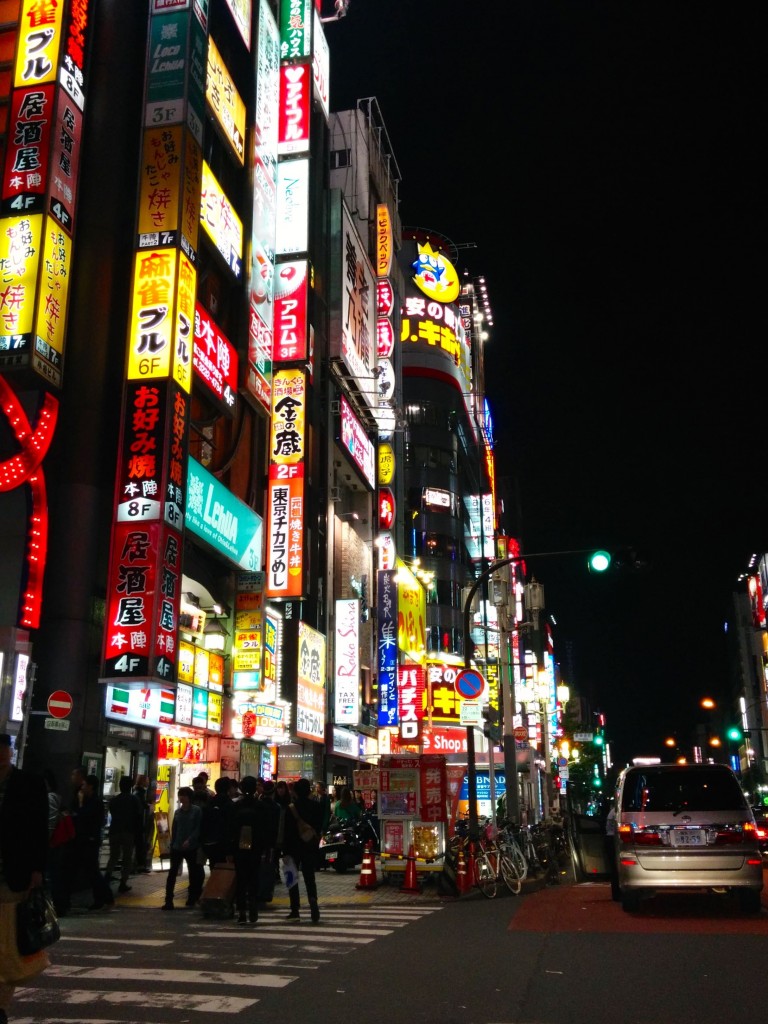
0 comments on “Tokyo to Nikko”